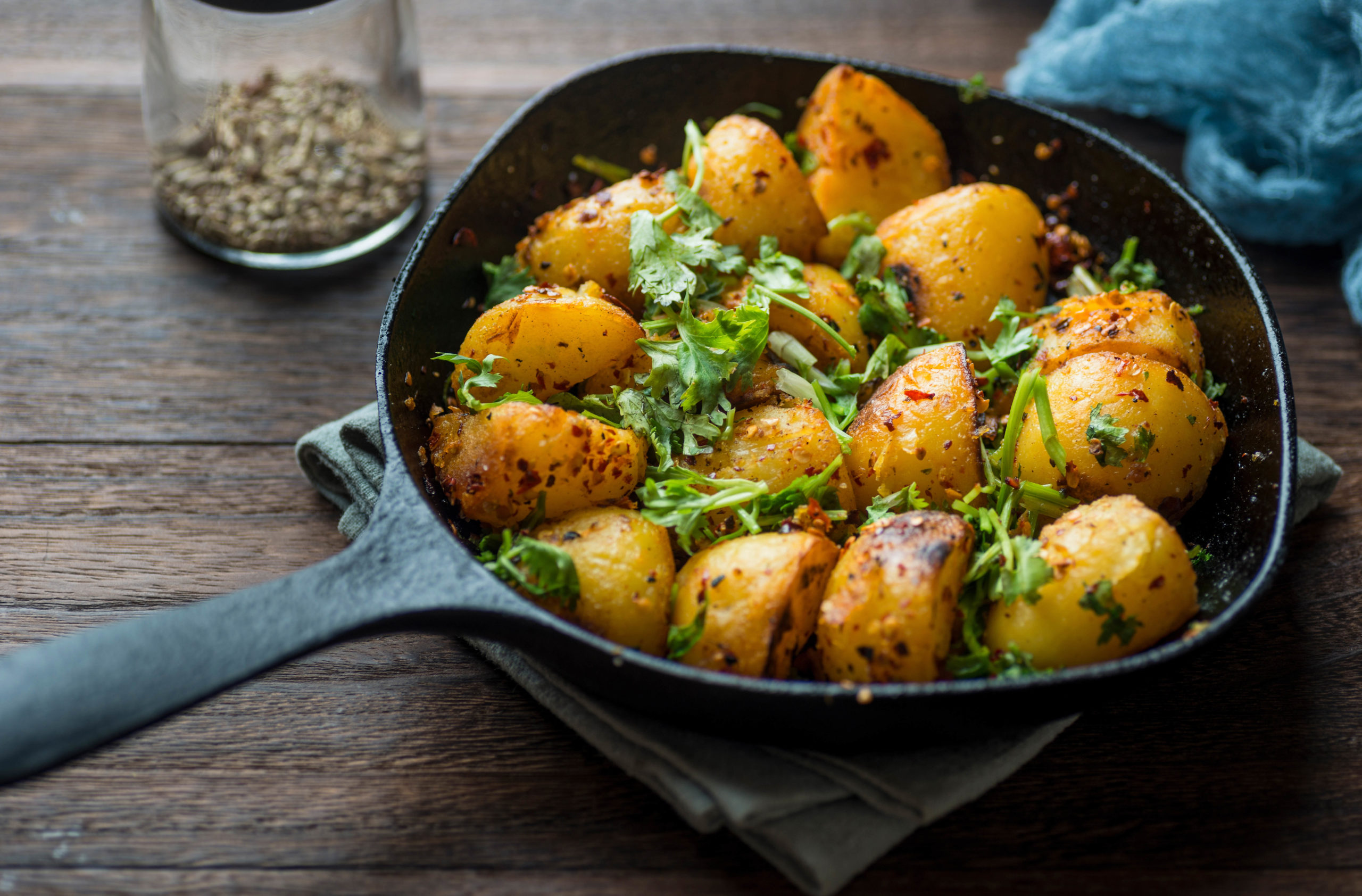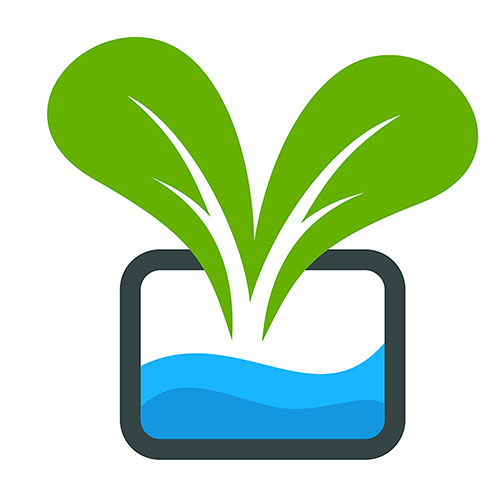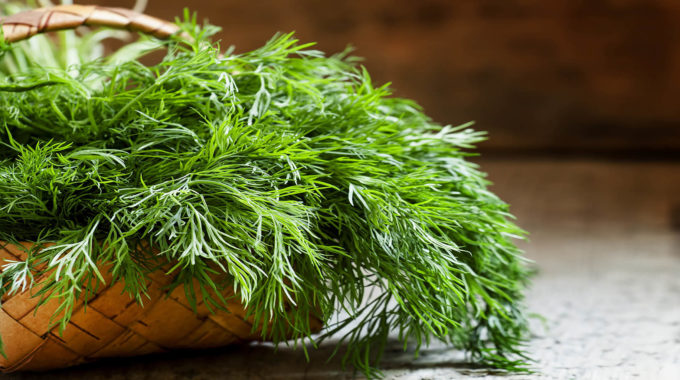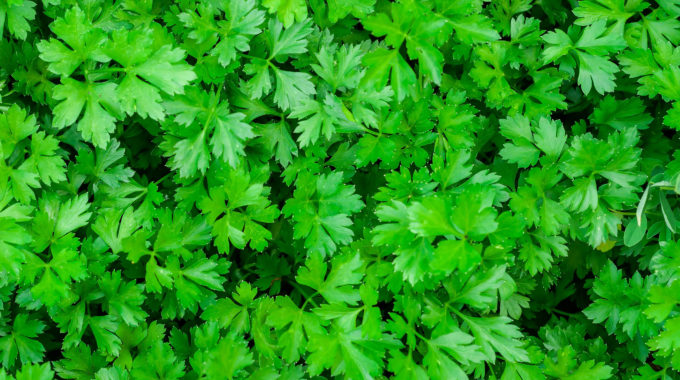
Thyme
Do you want to start an indoor, self-sustaining herb garden? Are you considering growing thyme hydroponically or aeroponically?
Growing herbs has become increasingly popular in recent years. There is a much wider variety of herbs that can be grown indoors compared to other plants. Furthermore, many herbs like oregano, rosemary and thyme are ideally suited for indoor hydroponic or aeroponic growth.
Hydroponics and aeroponics offer an ideal method for growing food because it allows us to cultivate various crops in the most optimal environment with minimal water usage and space. In this article, we will discuss the pros and cons of growing thyme through a hydroponic system or an aeroponic system. We will also share helpful tips on how to determine which setup will work best for your indoor gardening needs.
Thyme Facts:
- Optimal PH: 5.5-7.0
- Optimal EC: 0.8-1.6
- Temp: 65–70ºF
Grows Well with in Soil
- Cabbage
- Brussel Sprouts
- Kale
- Potatoes
- Tomatoes
- Broccoli
- Eggplants
- Strawberries
Grows Well With in an aeroponic System:
- Cabbage
- Blueberries
- Strawberries
- Sage
- Rosemary
- Shallots
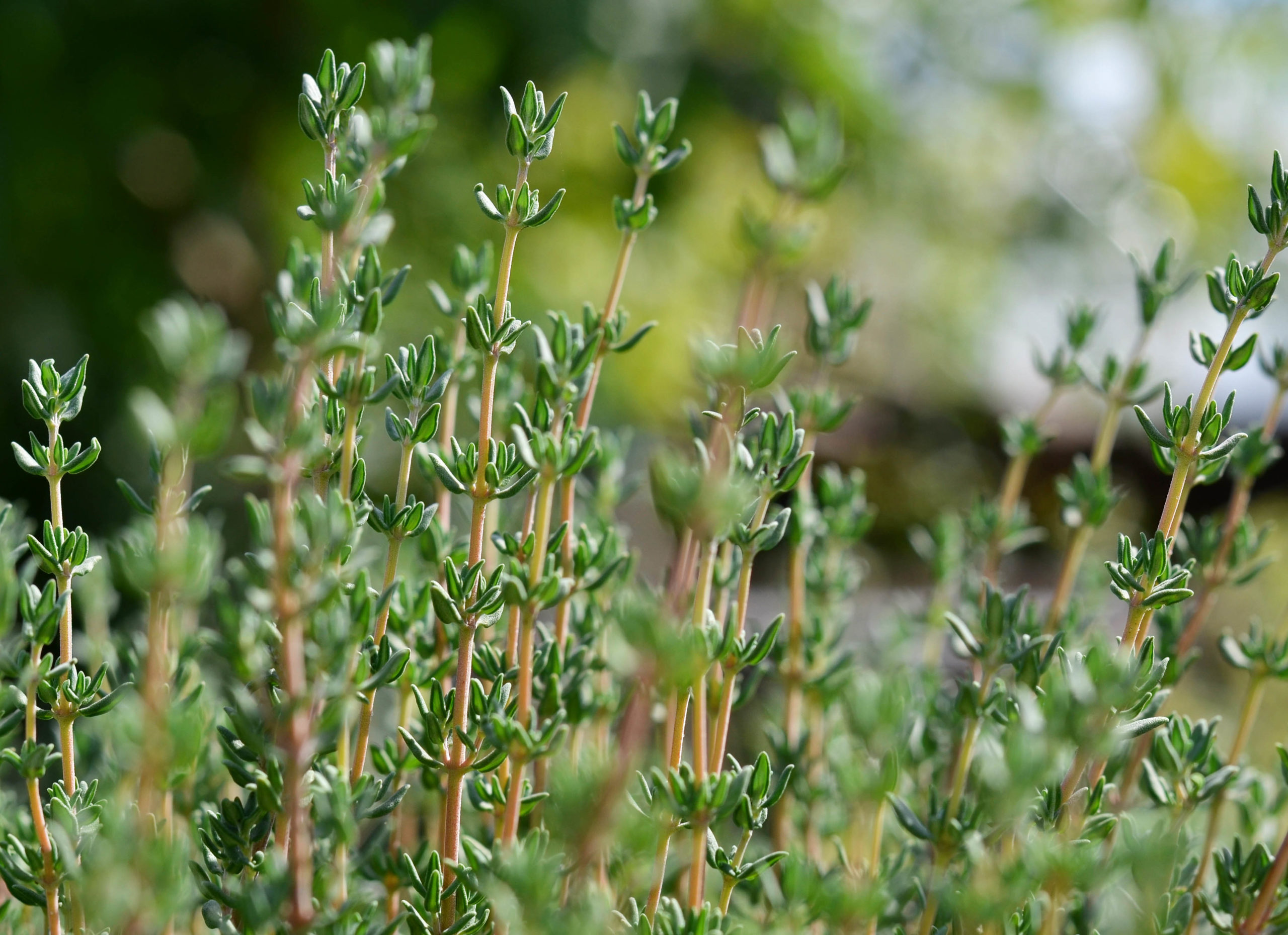
Aeroponic Thyme
Growing herbs and vegetables aeroponically can be an interesting and rewarding way to add fresh fruits, vegetables, and herbs to your diet while learning more about the science of aeroponic agriculture. Not only are the plants able to access much more oxygen than if they were grown in soil, but it also allows for an increase in yield due to better nutritive absorption abilities. Growing thyme aeroponically is becoming a popular choice among home gardeners looking to put their green thumb to use.
What is Aeroponic Growth?
Aeroponic growth refers to the process of growing without the need for soil. Instead, the plant is suspended in air where its roots have access to nutrition via liquid fertilizer or nutrient-rich mist. The powerful oxygen exchange creates healthy root systems which help support vigorous above-ground growth compared to traditional growing methods in dirt with less oxygen availability. Additionally, aeroponic growth offers fewer weeds, pests, and diseases that could otherwise damage the plants due to overcrowding when grown in soil mediums.
How Can I Grow Thyme Aeroponically?
When it comes time to cultivating thyme aeroponically, there are several options available depending on your budget and preference. If you want a more cost-effective approach with minimal investment up front, then DIY hydroponic systems are perfect; however, if you’d prefer something already made so you can start right away then purchasing an AeroGarden Harvest would be best suited for your needs. With both options planting your thyme is relatively simple – all you need do is cleanly cut off a stem just below one of its nodes (which will hold leaves), place it into the media provided with your system and within a few weeks new leaves should start sprouting!
Extra Care for Aeroponically Grown Thyme
Once planted in your chosen medium it’s important that you keep up consistent care such as proper Moisture levels by regularly misting/fogging with nutrient-rich water as too little moisture can cause wilting and eventual death of the seedling quicker than its ground counterparts; ensure ample light is available by using LED or fluorescent bulbs; monitor temperature appropriately (60 – 80 F) and adjust accordingly based on season changes or fluctuations; rotate plants occasionally if possible since some areas may receive too much sunlight or not enough depending where they’re placed within the system(s); finally talk to an expert if any further assistance is needed as they’ll be able to provide personalized tips tailored specifically towards targeting potential problems before they happen!
Enjoy Thyme!
With these extra steps taken care of properly one can enjoy bountiful crops of flavorful thyme throughout the gardening season provided that all other requirements have been met along with quality control monitoring taking place routinely over time – great job! Evening meals prepared at home won’t ever be boring again thanks to this unique aeroponic gardening technique which has allowed people everywhere access fresh produce right from their own kitchen windowsill!

Hydroponic Thyme
Growing Thyme hydroponically is a great way to cultivate the herb in any growing setting, from an indoor to an outdoor environment. It takes advantage of growing techniques and technologies like hydroponics, Indoor Grow Lights, and nutrient solutions (AeroGarden Nutrients) that can significantly increase the rate of growth and yield versus grown in soil. Here’s what you need to know if you’re looking to get started with your own hydroponic thyme garden:
Select Your Hydroponic System
Choosing the right hydroponic system will be key when it comes to getting the best results with your thyme plants. Different types of systems provide different levels of automation and allow for increased yields depending on your skill level. Some popular home systems include self-watering planters, wick systems, aeroponics, and deep water culture (DWC).
Choose the Right Lights
If you’ve decided on an indoor grow setup, then choosing the right lights will be absolutely essential—especially when it comes to herbs like thyme that require full sunlight exposure or 12-14 hours per day of light in order to thrive. Opt for grow lights capable of emitting both red and blue spectrum light—the two most ideal for maximizing growth potential for most plants during their vegetative stage. Investing in digital timers that configure your lights’ on/off times are also a good idea when attempting a long-term grow indoors.
Invest In Liquid Food for Plants or Nutrient Solutions
Since traditional soil won’t be used as part of this setup, fertilizing needs must come from another source. You can go with pre-mixed solutions found at all gardening supply stores or cobble together your own custom solutions by combining nutrients found separately which gives you more control over specific levels needed in regards to pH balance and mineral-richness. When formulating your own solution make sure not to stray too far away from ideal ranges found online so not to burn or stunt plant development.
Provide Regular Maintenance Checks
Growing thyme requires regular maintenance checks in order to make sure pests aren’t affecting crop production nor has nutrient deficiencies taken a toll on plant health. Actively look up warning signs of diseases regularly such as those associated with fungal infections like gray mold or downy mildew—especially after rainstorms or excessive humidity occurs where you live— and check closely for bugs which may have entered through vents or open windows too if grown outdoors. Adopting a proactive stance towards possible threats is always best as prevention is usually easier than intervention once issues have arisen within the garden!
Hydroponic Thyme
Indoor Thyme
Growing one’s own thyme (or any other herb) indoors doesn’t have to be a challenge. In fact, if you do it correctly with hydroponic techniques, your plants will reach maturity faster and provide more beneficial compounds than if you grew them in soil. Here is an overview of why growing thyme hydroponically provides better results.
Hydroponic Growing Yields Faster Plant Maturity
One of the main benefits of growing fresh herbs indoors with hydroponics is that they tend to reach maturity faster than their soil-grown counterparts. This is because with hydroponic setups, plants don’t need to expend energy sending down roots into the ground looking for nutrients – as all their nutrient needs are delivered directly to their roots via nutrient-enriched water.
Higher Concentrations of Beneficial Compounds
By cultivating thyme or any other herb indoors through hydroponics, not only does the plant grow faster, but its quality also increases thanks to the lack of soil contamination and the availability of highly concentrated nutrient solutions. As a result, herbs grown hydroponically tend to contain higher amounts of volatile oils such as thymol and carvacrol – both compounds well suited for medicinal use. Additionally, since there’s no soil involved in order for a plant to obtain its necessary nutrients, no pests or insecticides are needed either leading to greener ‘cleaner’ harvests.
One drawback is that most hydroponic systems require more infrastructure than soil-based systems do and they require monitoring in order to ensure proper growth conditions are maintained – but these small inconveniences can pay off huge when compared to the results achieved by using traditional gardening techniques.
In conclusion, growing thyme or any other herb indoors via hydroponics yields faster plant maturity and higher concentrations of beneficial compounds than growing it outdoors in soil does — making it a great choice for those looking for fast and effective indoor gardening solutions.

Pruning
One important task in caring for hydroponic thyme plants is pruning- which makes sure that growth stays full and even, so your thyme plants don’t get out of control. Here’s an explanation of why and how you should prune your hydroponic thyme:
Why Prune Hydroponic Thyme?
When left alone, thyme will naturally grow more woody stems with small leaves that can cause the plant to appear overgrown. Pruning ensures that new foliage continues to stay tender and flavorful – giving you plenty of culinary herbs for a long time! If you want a better yield from your hydroponic garden, regular pruning is key – as it stimulates growth and limits stress on the individual plants.
How to Prune Hydroponic Thyme
To begin pruning, start by cutting off any dead or yellowed leaves from the plant with sharp scissors or kitchen shears. Be sure to remove these parts at their base – just above the point where two leaves connect between the stem and main branch of the plant. Also, if there are clusters of stems stuck together, gently separate them so each one has room to spread its roots before continuing with subsequent trimmings. Pinch off any browning or wilting sections on each stem and quickly clear away any dead leaves beneath them as well – this encourages fresh new ones in its place during regrowth!
With time & patience, you can eventually shape & train the stems into whichever design you prefer – use trellis systems or wire structures depending on the size/height of your hydroponic setup. Finally – add water-soluble fertilizers periodically during summer months when actively growing which helps replenish essential nutrients needed for healthy growth & maintenance.
Conclusion
Pruning unhealthy parts from mixed clumps can aid air circulation within them– this reduces disease/infection risks due to insects/humidity levels often found indoors near herb gardens! Furthermore, basic trimming also contributes towards bigger harvests since there’s better space available for roots when fewer smaller branches occupy them (assuming all else remains consistent). This means healthier rewards come harvest time in terms of both general enjoyment while cooking with fresh herbs as well outcome quality overall!
Pest Control
Eliminating pests on hydroponically grown plants is relatively easy compared to conventional or soil based gardens. This is due to the fact that the medium employed in hydroponic systems, such as light perlite, clay pellets, and even gravel provide fewer places for insects to hide. Additionally, not using soil eliminates the risk of insects feeding off of its nutrients. Additionally, stricter control over non-commercial water sources leaves fewer windows for insect infestation create when soil-based methods are used. Thus, making it easier to identify any suspicious behavior before it can do damage which is why it is easier to eliminate pests on hydroponically grown plants. However, if present, insecticidal soap can be used to combat them.

Diseases
Hydroponic systems can suffer from some of the same diseases found in soil-based growing operations. These diseases include bacterial and fungal issues such as root rot, blight and powdery mildew. The difference when it comes to hydroponics is that because plants are grown in a completely enclosed environment, it is much easier for these diseases to spread quickly. Therefore, taking proactive measures like properly maintaining water quality, keeping up with cleaning and sterilization of the equipment, choosing resistant varieties of plants, or having a pest prevention plan in place is essential.
Tips & Tricks
- Choose the correct nutrients for thyme depending on the hydroponic or aeroponic system.
- Keep the temperature low and stable – below 75 F is ideal.
- Control insects, pests, and diseases as soon as they appear.
- Provide adequate light to your thyme plants – bright indirect light is best.
Inside Scoop
I love using my AeroGarden! I find it the easiest method for hydroponics. I don’t have a lot of space, which is why this setup is perfect!
AeroGarden is the best at-home hydroponic system to use when you don’t have a lot of time to garden because it offers an easy and convenient way to grow fresh herbs indoors. The system is fully automated, making it virtually maintenance-free while providing you with fresh, nutritious herbs in weeks instead of months. Additionally, AeroGarden is designed with built-in LED grow lights which allow you to easily control the length of each growing cycle and ultimately maximize your harvest. Additionally, AeroGarden has a variety of convenient kits available that range from basic starter kits up to more advanced systems that even come with a masterful selection of herbs for whatever types of recipes or applications you desire.
Recommended Seeds:
- AeroGarden Gourmet Herb 6-Pod: Has Genovese Basil, Thai Basil, Curly Parsley, Thyme, Mint, and Dill.
- AeroGarden Gourmet Herb 9-Pod: Has Genovese Basil (2), Thai Basil, Curly Parsley, Thyme, Chive, Mint, Dill, and Italian Parsley.
- Thyme Seeds: You can use these seeds in their AeroGarden Grow Anything Seed Pod Kit.
Recipes:
Are you looking for a flavorful addition to your meals? Thyme is a popular herb that can be used in many dishes.
Thyme has been around since the ancient Greeks and Romans, and it continues to be a staple of many kitchens. Not only does thyme add flavor to dishes but its powerful antioxidants are good for your health. It can also be used as an antiseptic or as aromatherapy.
If you’re ready for something new in the kitchen, then why not explore some recipes with thyme? From simple sauces and marinades to main course dishes, including meat, vegetables and fish – there’s something here for everyone! Here are some delicious thyme recipes that you should try right away.
Homemade Poultry Seasoning
Homemade poultry seasoning blend is a flavorful blend of herbs and spices that helps add unique and aromatic flavor to your favorite poultry dishes. This blend also allows you to control the amount of salt you use in your meals as well as lets you incorporate a wide range of flavors into one dish. A homemade poultry seasoning blend is ideal for anyone who wants to add variety to their recipes while retaining the ease-of-use associated with prepackaged seasonings.

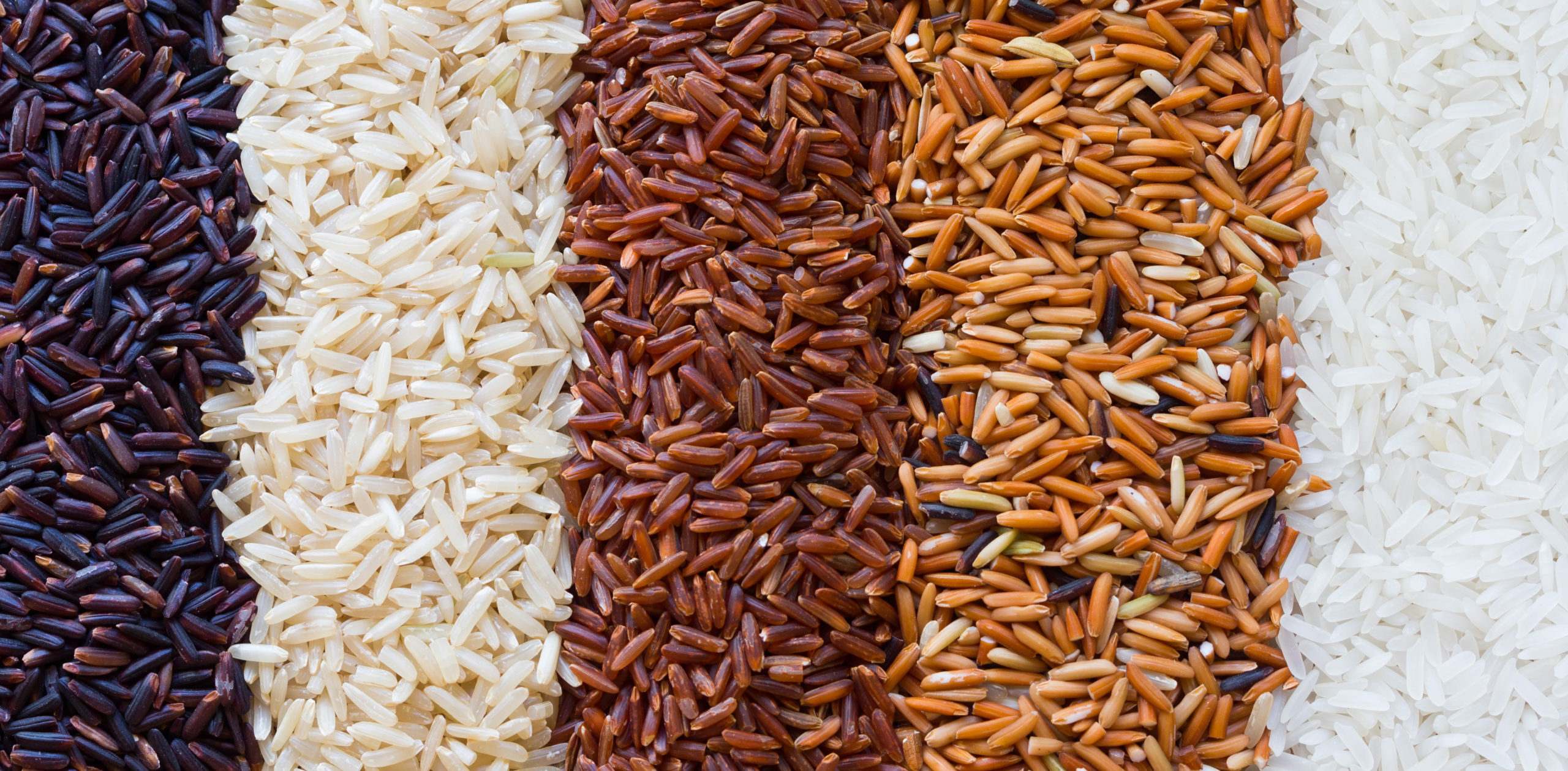
Feeling tired and don’t want to spend a lot prepping??
This baked rice and thyme recipe is a great way to add flavor and texture to your meal. The combination of rice, spices and herbs helps bring out the natural flavors of the ingredients, while the baking method gives you a delicious and moist dish. Not only is this recipe easy to make, but it’s also packed with vitamins and minerals that are essential for good health. Plus, since all the ingredients cook in one pot, it’s a great way to reduce your cooking time.
This skillet potato and thyme recipe is a delicious, easy-to-make side dish that’s perfect for any occasion. It doesn’t take much time to prepare, and its combination of ingredients creates an amazing flavor. Potatoes are the main ingredient, which are tossed in oil and nicely seasoned with thyme and garlic. The potatoes become nice and crispy on the outside and soft on the inside, making them an incredibly comforting dish. This is a great option for those who don’t have a lot of time but still want a tasty meal.
